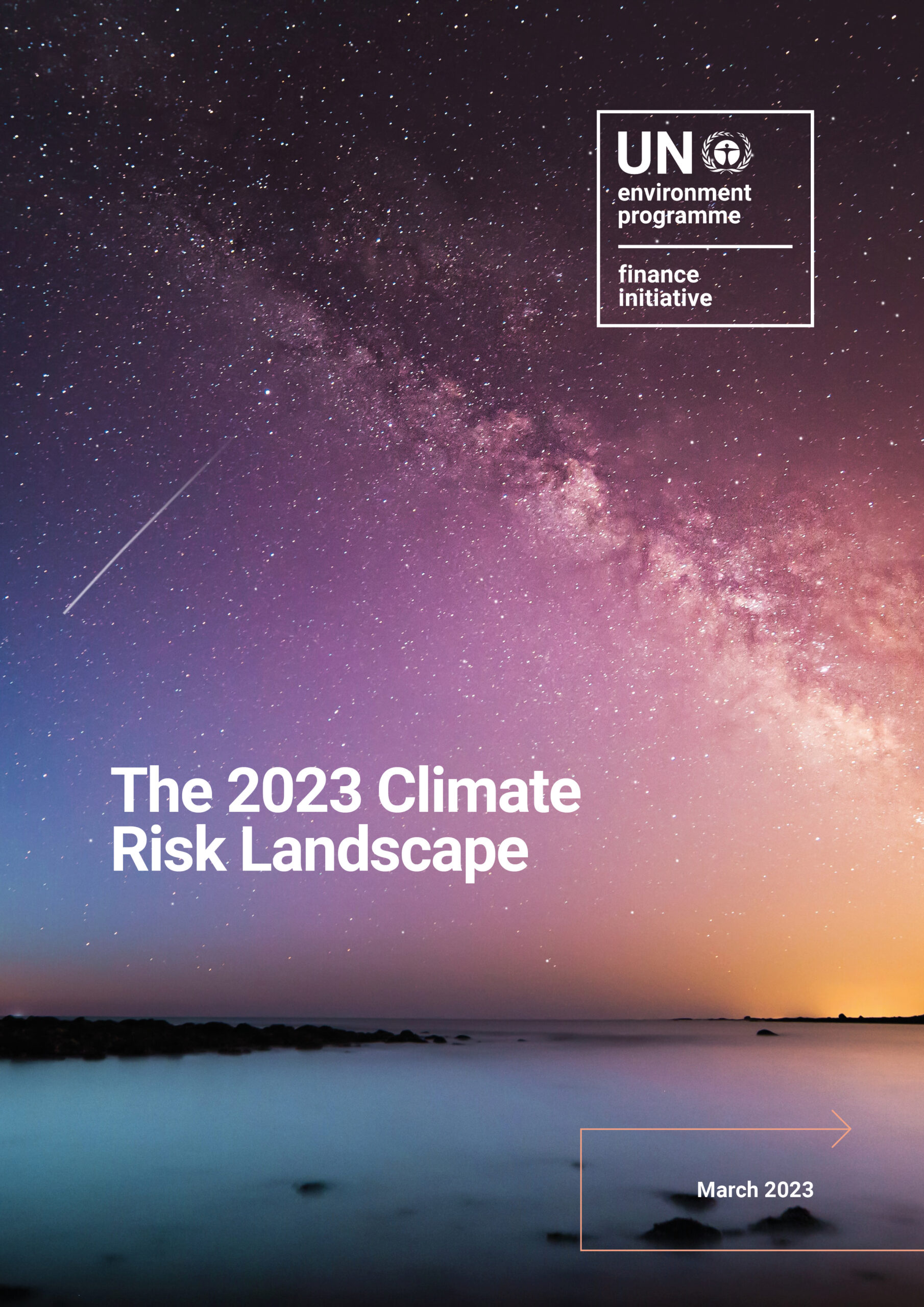Launched today, a new Principles for Responsible Banking (PRB) guidance helps banking professionals incorporate climate adaptation and resilience (A&R) into their risk frameworks and business strategies, whether establishing their approach to A&R or enhancing existing practices within their organization.
As global temperatures are set to continually rise over the coming decade—resulting in escalating impacts from extreme weather events, floods, landslides, wildfires and droughts, alongside chronic climate impacts like rising sea levels[1]—there is a growing demand for banks to develop strong adaptation and resilience (A&R) strategies of their own and to support A&R solutions across the real economy. Banks are uniquely positioned to both help their customers become more climate resilient, as well as finance the technologies, products, and services that enable people, businesses and nature to become more resilient.
The report “Practical Guidance on Implementing Adaptation and Resilience for Banks,” provides a roadmap and the resources to support bank action on climate adaptation and resilience.
Building on previous climate adaptation target setting guidance and structured around the UN Principles for Responsible Banking Journey, the guidance helps banks address A&R in the three following areas:
- Strategy: qualifying and quantifying physical climate risk materiality and the adaptation and resilience opportunity
- Assessment: defining the bank strategy to manage physical climate risk and to pursue the adaptation and resilience opportunity
- Action: implementing the adaptation and resilience strategy through client engagement, policies, processes, and effective governance
Encouraging a progressive approach, the guidance outlines examples of actions and capabilities across three levels of practice: Getting started (foundational steps), Responsible practice (A&R integration in regular operations) and Leading practice (advanced integration), allowing banks to tackle A&R in stages based on an organization’s evolving capacities, resources and access to data and tools.
The report also provides recommendations around ensuring the bank’s A&R approach remains effective, responsive, and continuously evolves over time through feedback loops and iterative refinements based on experience and new insights.
Whilst the guidance is broadly applicable, it has been informed by the real estate and agriculture & food sectors to provide concrete illustrations and detailed scenarios of concepts found in the guidance. Banks operating in areas other than the real estate and agriculture & food sectors are encouraged to apply the core methodologies in the guidance and adapt the principles to their own unique portfolios and client needs.
Learn more and download the guidance here.
[1] UN Environment Programme, Adaptation Gap Report 2024


